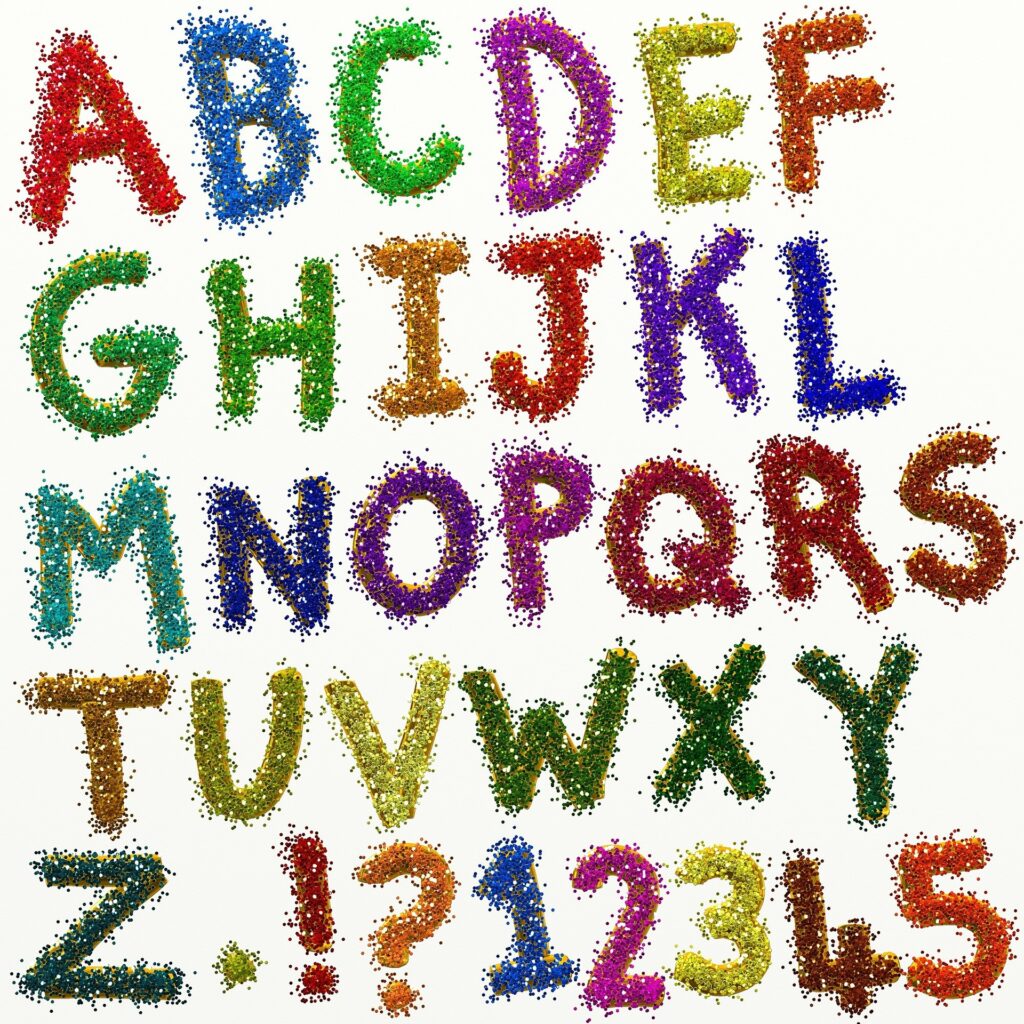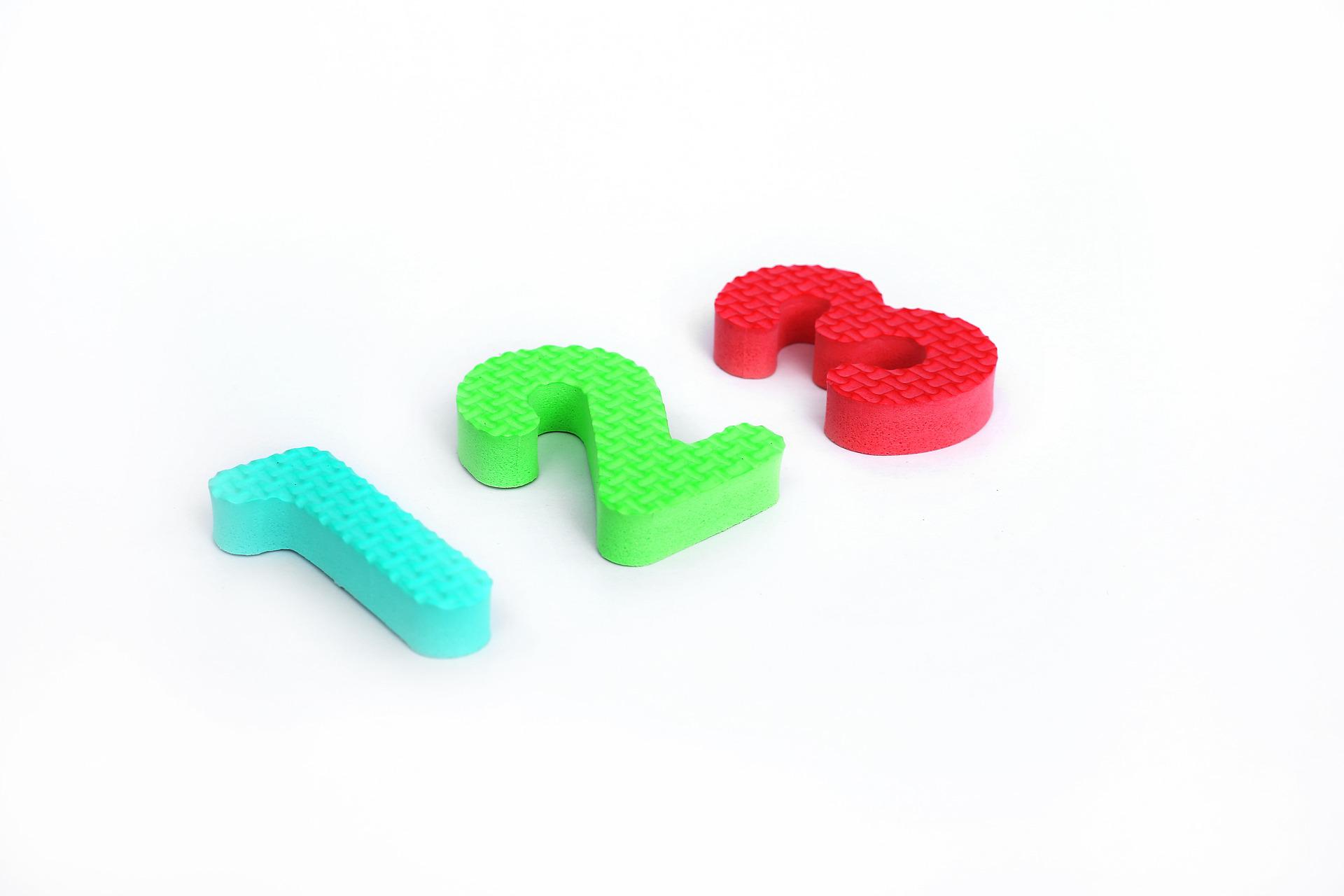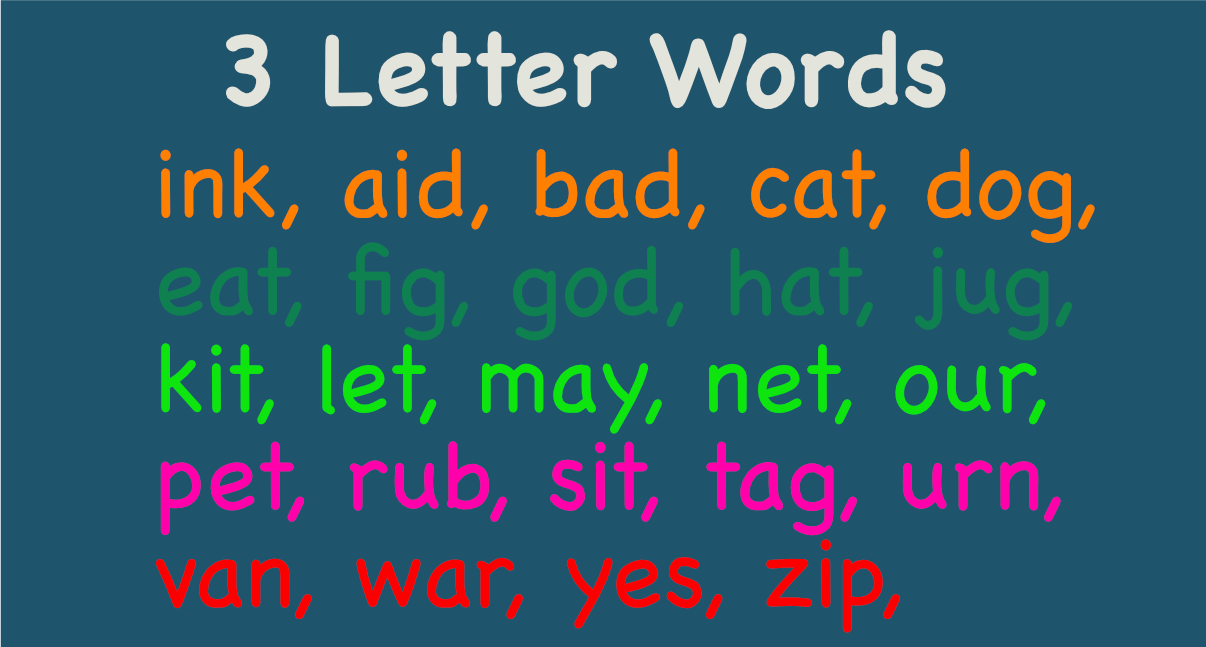
It is generally preferred to introduce letters first to your child, than numbers. This is crucial for teaching and ingraining in your child that numbers differ from letters.
Contents
- 1 At What Age Should Numbers Be Introduced to Kids?
- 2 Create Letter Recognition Cards
- 3 Use Song and Play
- 4 Teaching Children To Recognize Individual Sounds
- 5 Teach Names of Individual Letters
- 6 Phonemic Awareness
- 7 Teaching Children To Recite Their Alphabet And Numbers
- 8 The Classic ABC Song
- 9 Early Impact is the Way To Go
- 10 Teach The Child to Practice Their Name
- 11 Activities To Get Kids Interested In Math
- 12 Drawing and Math Skills
- 13 Books and Card Games for Math Development
At What Age Should Numbers Be Introduced to Kids?
The age of 3 is a great age to start teaching numbers. There is no rush to learn them all quickly, just like with letters, so I suggest 3 as an excellent age to start teaching numbers.
Before entering kindergarten, your child should be able to count to 20 and recognize numerals 1 through 10. By kindergarten, they ought to be able to do both of those things with ease if you engage them in lots of enjoyable number-related activities.
The age when children should start exploring letters and numbers is around three years. While some toddlers can mechanically count to ten at two years old, they do not understand the concepts behind counting or recognizing individual letters or sounds. At around three, some children are able to recite the alphabet and numbers by heart.
One of the best ways to help your child learn to read is to teach them to recognize individual letters first. There are several ways to do this. First, teach your child to distinguish the different shapes and sizes of letters, such as the upper and lowercase varieties. This will make it easier for your child to recognize the letters in text. Then, reinforce this lesson throughout the day.
Create Letter Recognition Cards
Another great way to help your child begin learning to recognize individual letters is to have your child create letter recognition cards for each letter. You can even use materials that you already have around the house.
For example, pipe cleaners, PlayDoh, and popsicle sticks can all be used to create different letters. Using these materials is a great way to help your child learn the correct shapes, while also making the activity more fun. If you’d like your child to avoid making a big mess, you can also use textured paper instead.
Use Song and Play
Another method is to use song and play to help your child learn individual letters. You should also practice reading simple words to your child in order for them to understand how each letter sounds.
This way, they’ll be able to read simple words more easily. Teaching your child to recognize individual letters first also increases their motivation to learn words and spell words, which will lead to their ability to learn to read.
The best way to introduce the alphabetic principle is to start with the lowest-frequency consonants. For example, a child should first learn the consonants that blend most easily with the vowels in a word. This way, they’ll be better equipped to read simple words and spell CVC words more easily.
The second method of teaching kids to recognize individual letters is to teach them how to discriminate the shapes of individual letters. This method is called visual discrimination. This is an essential skill that kids must develop before reading can begin.
Teaching Children To Recognize Individual Sounds
If you’re trying to get your child to learn the alphabet, starting by teaching them to recognize individual sounds of letters can be a huge help.
This technique is known as tactile learning, and it works by engaging an extra part of the brain. It helps children associate the feel of a letter with its sound more easily and quickly. Furthermore, it lets children make messes while they learn, which is a major incentive.
When teaching children to recognize individual sounds of the alphabet, it’s beneficial to use short stories that contain both the target letter and the sound.
For example, if the target letter is “m,” a short story featuring a pig, pizza, and pigs can help the child remember the letter sound. This method is especially useful with basic letters.
Teach Names of Individual Letters
Letter recognition also includes learning the names of individual letters and matching them with their written forms. This is important because beginning readers need to know how printed words relate to the sounds of spoken language.
Learning letter names is also beneficial because the sounds of many of them are related to one another. In addition, it’s easier to teach individual sounds of a letter if the child has mastered the letter name.
Letter recognition can also be reinforced with tactile learning. For example, a child can trace an alphabet on a whiteboard and then say the associated sound.
This technique can also be used with malleable materials, like PlayDoh, or kinetic sand. By forming a letter, a child can also practice matching and sorting them. As they become more familiar with each letter, they’ll begin to understand how the letters work together.
Phonemic Awareness
Developing phonemic awareness can be challenging for young children, but it’s essential to begin by teaching them individual sounds before they learn numbers.
This way, they’ll have a more successful learning experience. They’ll be able to recognize individual sounds and combine them into words with ease.
It’s important to remember that learning letter sounds requires repetition and confidence. Children who feel confident with their abilities are more likely to be enthusiastic about learning.
Teaching Children To Recite Their Alphabet And Numbers
Having a fun way to teach children the alphabet and numbers is an important first step in developing your child’s literacy skills. Make the process fun and engaging for both you and your child. By engaging your child in the learning process, they will be motivated to remember these important skills.
For a toddler, the easiest way to teach the alphabet is through play. A simple activity like using a dry erase board is an excellent way to introduce the alphabet to your child. Your child can trace letters on the board, and then erase them. It’s a great way to build a solid foundation for letter recognition, and it’s also a great way to get your older children involved in teaching your youngster.
The Classic ABC Song
A simple alphabet song is a good way to get your child involved, and you can vary the rhythm and melody to make learning more fun. There are many fun songs and dances based on the alphabet, such as the ABC song, sung by Dr. Jean and Jack Hartmann.
You can also use pictures of familiar places to get the children involved. Children can also use environmental print to create bulletin boards and sort letters.
Early Impact is the Way To Go
It is important for children to learn the alphabet early. You should begin teaching your child to recognize the letters around the age of three. Children acquire the alphabet through repetition and song, and can recognize the letters by age three or four. You should also introduce them to the lower case version of each letter.
Teach The Child to Practice Their Name
Practicing your child’s name is also an important part of the learning process. This will help them identify the letter when they hear it, and will make learning words and spelling easier. A child who knows all their letters will be more motivated and more likely to learn to read.
Leap Frog shows are a great way to introduce your child to the alphabet. They’re available on Netflix and can help your toddler learn the letters. If you’re looking for a more hands-on approach, look for a book or a show that features the alphabet.
Activities To Get Kids Interested In Math
Imaginative math activities can be a great way to teach kids about numbers and the way to measure them. For example, set up a grocery store or ice cream cart and let your kids play with the products. By measuring ingredients and cutting sandwiches, they will be able to practice their math skills. Another great activity is playing number hopscotch. This fun game will get your kids involved in counting, skip counting, and solving equations.
Many activities to get kids interested in math are related to their favorite interests. For example, if your child loves baseball, they can use math to calculate batting averages and statistics. Similarly, if your child loves building cities, they can learn about economic strategy through the Settlers of Catan board game.
Drawing and Math Skills
Another activity to get kids interested in math is drawing. Drawing helps kids develop a sense of proportions and space. It can also help children understand math problems better because they can see a picture of it. Plus, if your child is visually-oriented, they’ll love drawing! It’s an excellent way to teach kids about math while adding fun to the learning process.
Books and Card Games for Math Development
For older children, you can introduce math by reading books about math. Books like G is for Googol, for example, can help kids learn how to use math. The storyline teaches kids about numbers and letters through fun illustrations. This game can also help your child learn about division and remainders.
Another fun activity is to play math card games. You can use a shuffled deck of cards or stack them face up and ask your child to choose five cards and make equations with the sum of the cards equal to 10.
Jumping games are also a great way to teach kids about numbers and distances. Playing with a measuring tape, ruler, and math flashcards can help your child learn how to measure themselves.



